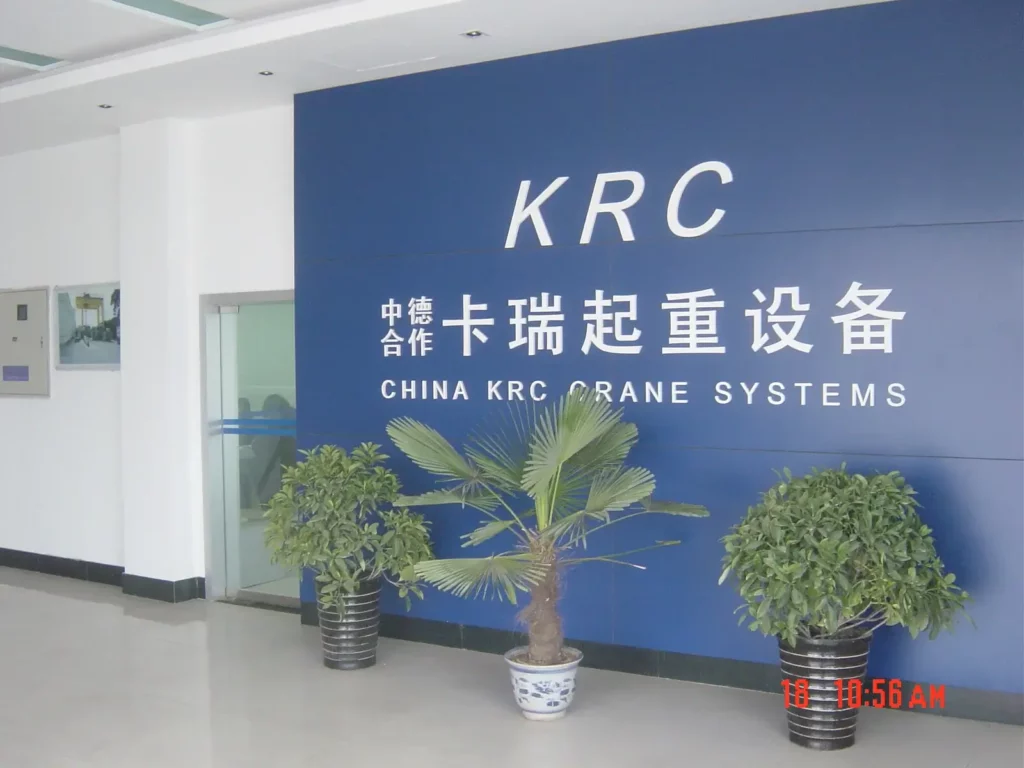In recent years, the demand for mobile cranes in China has surged, driven by rapid urbanization and infrastructure development. Understanding the intricacies of mobile cranes, particularly the PW (Pillar-Wheel) type, is essential for industry professionals and enthusiasts alike. This guide delves into the mechanics, applications, and advantages of PW mobile cranes, providing valuable insights for effective utilization in various projects.
Readers can expect to learn about the operational principles of PW mobile cranes, including their design features and capabilities. The guide will also cover safety protocols, maintenance practices, and the latest technological advancements in the field. By the end, readers will be equipped with the knowledge to make informed decisions regarding the use of PW mobile cranes in their operations.
Comprehensive Guide to Mobile Cranes in China
Mobile cranes are essential machinery in the construction and heavy lifting industries. They offer versatility and efficiency, making them indispensable for various projects. In China, companies like PW Cranes, Mobcrane, Machinio, and CranetrukChina provide a wide range of mobile cranes, catering to diverse needs. This guide will delve into the types, technical features, and key differences among mobile cranes available in the Chinese market.
Understanding Mobile Cranes
Mobile cranes are wheeled vehicles equipped with a hoisting mechanism, allowing them to lift and move heavy loads. They are designed for easy transportation and can be deployed quickly on job sites. The flexibility of mobile cranes makes them suitable for construction, logistics, and industrial applications.
Technical Features of Mobile Cranes
When considering a mobile crane, it’s crucial to understand its technical specifications. Below is a comparison table highlighting key features of various mobile cranes:
| Feature | PW Cranes (pwcranes.com) | Mobcrane (www.mobcrane.com) | Machinio (www.machinio.com) | CranetrukChina (www.cranetruckchina.com) |
|---|---|---|---|---|
| Lifting Capacity | 7 to 100 tons | Up to 200 tons | Varies by model | 16 to 1000 tons |
| Types Available | Hydraulic, All Terrain | Truck, Tower, Crawler | Various brands | Truck, Crawler, All Terrain |
| Boom Length | Up to 69 m | Up to 60 m | Varies by model | Up to 50 m |
| Operating Weight | 10 to 50 tons | 15 to 80 tons | Varies by model | 5 to 100 tons |
| Engine Type | Diesel | Diesel, Electric | Varies by model | Diesel, Electric |
| Control System | Manual, Remote | Manual, Remote | Varies by model | Manual, Remote |
Types of Mobile Cranes
Mobile cranes come in various types, each designed for specific applications. The following table outlines the primary types of mobile cranes and their characteristics:
| Type | Description | Applications |
|---|---|---|
| Hydraulic Cranes | Use hydraulic systems for lifting and lowering loads. | Construction, heavy lifting |
| Truck Cranes | Mounted on trucks for easy transportation and mobility. | Road construction, logistics |
| All Terrain Cranes | Designed for both on-road and off-road use, offering versatility. | Construction sites, rough terrains |
| Crawler Cranes | Equipped with tracks for stability on uneven ground. | Heavy lifting in construction, mining |
| Tower Cranes | Fixed to the ground, providing height and reach for tall structures. | High-rise building construction |
Key Differences Among Mobile Cranes
Understanding the differences among mobile cranes is vital for selecting the right equipment for your project. Here are some key distinctions:
-
Lifting Capacity: Different cranes have varying lifting capacities, which determine the weight they can handle. For instance, PW Cranes offers models with capacities ranging from 7 to 100 tons, while Mobcrane provides options up to 200 tons.
-
Mobility: Truck cranes are designed for easy road transport, while crawler cranes are better suited for rough terrains. All-terrain cranes combine the features of both, making them versatile for various job sites.
-
Boom Length: The length of the boom affects the crane’s reach. Hydraulic cranes typically have longer booms, allowing them to lift loads at greater heights.
-
Control Systems: Mobile cranes can be operated manually or remotely. Remote control systems enhance safety and precision during operations.
-
Engine Type: Most mobile cranes are powered by diesel engines, but electric options are also available, especially for indoor applications.
Conclusion
Mobile cranes play a crucial role in the construction and heavy lifting industries in China. With various types and technical features available, companies like PW Cranes, Mobcrane, Machinio, and CranetrukChina offer solutions tailored to meet diverse project requirements. Understanding the specifications and differences among mobile cranes will help you make informed decisions for your lifting needs.
FAQs
1. What is the average lifting capacity of mobile cranes in China?
The average lifting capacity varies by model, with options ranging from 7 tons to over 1000 tons, depending on the manufacturer.
2. How do I choose the right type of mobile crane for my project?
Consider factors such as lifting capacity, mobility, boom length, and the specific requirements of your project to select the appropriate crane type.
3. Are there electric mobile cranes available in the market?
Yes, some manufacturers offer electric mobile cranes, particularly for indoor use or environments where emissions need to be minimized.
4. What maintenance is required for mobile cranes?
Regular maintenance includes checking hydraulic systems, inspecting cables and pulleys, and ensuring all safety mechanisms are functioning properly.
5. Can mobile cranes be used in rough terrains?
Yes, all-terrain cranes and crawler cranes are specifically designed for use in rough terrains, providing stability and mobility in challenging conditions.


